Chenab Valley : A Jewel Nestled Between River and Sky

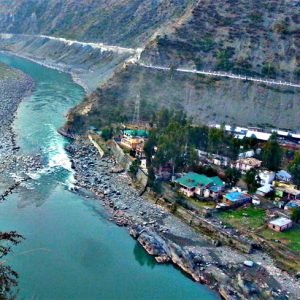
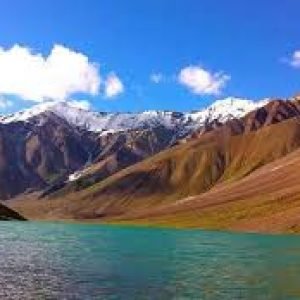
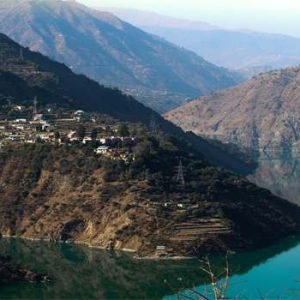
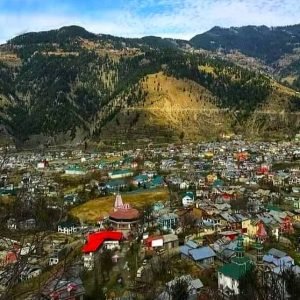
Table of Contents
Toggle1. Introduction to Chenab Valley
Chenab Valley is the region that personifies perfect picturesque beauty, adventure, and cultural richness in Jammu and Kashmir. Flowing through outstanding mountains, thick forests, and colorful valleys, the Chenab River is an ideal location combining outdoor activities with a rich history and traditions. The Chenab Valley consists of parts of the Doda and Kishtwar districts, which is relatively unexplored compared to other tourist hotspots, hence making Chenab Valley a hidden treasure for travelers seeking tranquility and adventure.
2. Geography
2.a. Location
Chenab Valley is the eastern region of Jammu and Kashmir. To the north lies the majestic Pir Panjal range and to the south by Zanskar range. Deep gorges, lush meadows, and cascading rivers form a beautiful landscape that defines the Chenab Valley .
2.b. Chenab River
It is one of the five major rivers of Punjab which flows through Chenab Valley and contributes to its fertility and beauty. Its clear water supports several fun activities like fishing and river rafting.
2.c. Climate
The Chenab Valley has a different climate. Pleasant temperatures between 15 to 30°C for the summer months i.e May to August make it an excellent season for trekking and exploration. Winter especially between December and February is cold with heavy snowfall on the higher slopes, transforming the Chenab Valley into a winter wonderland. The spring between March and April and Autumn between September and November are also beautifully full with flowers in bloom and leaves colorfully changing.
3. Major Attractions
3.a. Chenab River
This river is the lifeline for the valley, providing drinking water besides offering water to local agriculture. The banks are perfect to sit down and have a picnic or just relax. The gurgling of water enhances the serenity of the place.
3.b. Kishtwar National Park
This one is a biodiversity hotspot. It has more than 220,000 acres area covered with varieties of flora and fauna.
i. Established in: 1981
ii. Wildlife: The park is home to several species including Himalayan black bear, snow leopard, musk deer and countable bird species making it a heaven for all the nature lovers and wildlife photographers.
iii. Trek: Numerous treks start from this park, finishing at several scenic outlook points. Famous treks are the trek to the Nanga Parbat base camp and the trek to the beautiful Duni Chashma.
3.c. Sarthal Valley
This is about 20 km from Kishtwar. Sarthal Valley is known for its scenic beauty and the temple of Sarthal Mata. The valley is peaceful, scenic, and attracts pilgrims and tourists.
i. Activities: Visit to the temples, treks, and scopes to interact with the villagers along with Gulabgarh. The small hill town is surrounded by lush green offers breathtaking views of the mountains. It is a base for exploring the treks nearby.
ii. Adventure Sports: Guests can trek to the nearby meadows, go camping or explore the village culture. The town provides a welcoming environment which makes it an ideal stop for the travelers.
3.d. Chinta Valley
Chinta Valley is generally an uncrowded but pretty region with a serene landscape and lovely views. One can reach there from Kishtwar and spend their time in this place away from the hustle of metropolitan life.
i. Activities: Day hikes, photography, and nature walk can be done here.
3.e. Basholi
Basholi is a town situated at the confluence of the River Ravi and the River Chenab. The place has been valued highly for its very enchanting landscapes and colorful art known as Basholi paintings.
i. Cultural Implications: Temples and old castles are built to represent the history and culture of the region.
4. Diversity in Culture
4.a. Population
Chenab Valley comprises several distinct communities such as Dogras, Gujjars, and Bakerwals. Each community has its own traditions, customs, and dialects and add a richness of cultural diversity to the valley.
4.b. Festivals
The Chenab Valley is filled with merry celebrations. The major festivals of the land include Eid, Diwali, and Baisakhi, which are celebrated with great fervour and zest among the villagers. Typically, local fairs deal with the regional music, dances, and food, thus providing an authentic taste of the region’s culture.
4.c. Cuisine
The general cuisine is local in the sense of incorporating the agriculture and the flavors of the Chenab Valley. Roast meat dishes are prevalent whereby Rogan Josh and Yakhni are essential components of it. Furthermore, various preparations from lentil as well as vegetable form a large component of general cuisine. Spices and Herbs, native to the region, contribute an additional flavoring factor.
5. Things to do in Chenab Valley
5.a. Trekking
i. Trek from Kishtwar to Dudi: It is a moderate trek that takes you through amazing landscapes and villages of the locals.
ii. Duni Chashma Trek: It is a challenging trek that offers breath-taking views.
5.b. River Rafting
The Chenab River is well-fitted for river rafting especially up in its reaches. The rapids vary from gentle to challenging, which also makes it apt for novices as well as veterans. Local adventure sports companies organize guided rafting tours.
5.c. Fishing
Anglers can fish in Chenab River alongside other fish species and trout. Local guides can also provide some guides for the right spots and equipment rentals.
5.d. Camping
The varied landscape of the Chenab Valley offers great scope for camping. Best camping areas include:
i. Kishtwar National Park: Peaceful surroundings and spotting wildlife.
ii. Sarthal Valley: Quiet and beautiful places.
5.e. Photography and Bird Watching
The Chenab Valley is heaven for photographers with vibrant landscapes, wildlife, and colors of the local cultures. Birds in the national park and its surroundings can be spotted by any bird eye.
6. Travel Information
6.a. How to Get There
i. By Air: The nearest airport is Jammu airport, about 160 km from the Chenab Valley. Regular flights connect Jammu to other major cities of India.
ii. By Train: The nearest railway station to the Chenab Valley is Jammu Tawi. From there, buses or taxis can be taken towards various parts of the Chenab Valley .
iii. By Road: The Chenab Valley is also well connected by roads. Bus services are regularly available from Jammu and other nearby towns. Private taxis are also available.
6.b. Best time to visit
March to October is best time to visit as spring and autumn are pleasant. In summer, outdoor activities are possible. For all those snow-activity enthusiasts, there is a winter option as well.
7. Accommodation
7.a. Hotels and Guest Houses
Kishtwar and Doda have their range of accommodation from budget-friendly guesthouses to middle-range hotels. In case one plans to visit during peak seasons, it is recommended to book in advance.
7.b. Homestays
For an actual experience, stay in homestays where interaction can be made with local families, and traditional meals can be relished.
7.c. Camping Facilities
Campings at various places in the Chenab Valley are possible, where one is close to nature.
8. Safety Tips
8.a. Health Precautions: As this place is at a high altitude, acclimatization is a must. Bring prescribed medications and consult the doctor before trekking. Drink plenty of water.
8.b. Weather Preparedness: Weather conditions are fast changing in mountains. Wear and bring, if available, water-proofed equipment.
8.c. Animal Safety: The visitors need to maintain adequate distance from wildlife and follow the guidelines issued by the administration.
9. Conclusion
Chenab Valley is a treasure trove of natural sceneries and adventure with cultural richness. Almost unknown to date, this place gives ideal scope for off-the-beaten-path explorers. If you are one of those adventure welcoming persons, a nature lover, or someone looking to get plunged into local culture, then Chenab Valley promises you an unforgettable journey. With its scrumptious landscapes, friendly communities, and so many other activities, this enchanting region invites all its visitors to discover its depths and hidden treasures.
How to book a trip to Chenab Valley, India with Charzan Holidays?
For a seamless and exceptional booking experience, contact Charzan Holidays at reservations@charzan.in or call us at +919622224473
People ask FAQ's
1. Where is Chenab Valley located?
Chenab Valley lies in the Indian state of Jammu and Kashmir. It comprises parts of the Doda, Kishtwar, and Ramban districts that form a valley nestled between the majestic ranges of the Zanskar and Pir Panjal mountains. It is known for its varied landscapes, biodiversity wealth, and the cutting glory of the Chenab River flowing through it.
2. What is Chenab Valley famous for?
Chenab Valley, situated in the Jammu and Kashmir, is known for its beautiful landscapes, greenery, and the rich culture the valley holds. There are various picturesque rivers, one of which is the Chenab, the trek has been done along these rivers several times and has been found to possess multiple colorful and exciting hiking options for people. The region is known for their traditional crafts, some festivals, and historical sites that have attracted people to this place in huge numbers.
3. How much is the distance of Chenab Valley from Srinagar?
The Chenab Valley lies 150 kilometers approximately by road east of the capital city Srinagar. A 4 to 5 hour long journey is somewhat common, and road and traffic conditions may set it a little longer. The route while being scenic offers stunning mountain and valley views and is another beautiful and perfect drive through Jammu and Kashmir’s landscapes.
4. Places to visit in Chenab Valley?
Chenab Valley is popularly known as a paradise for tourists because of the multitudinous beauty of landscapes and possesses several spots to see and to visit:
i. Ratti Gali Lake: It is an alpine-glacial lake.
ii. Shounter Valley: These meadows are rich in various species of flora and fauna.
iii. Ratti Gali Pass: Just a beautifully picturesque trekking route.
iv. Kailash Valley: This one is popular for its cultural and natural beauty.
v. Nallah Doda: A picturesque valley with the river flowing through it, which makes an ideal destination to fish and relax.
Frequently Asked Questions
1. What is Chenab Valley? | |
| Chenab Valley is a picturesque valley located in the Jammu region of Jammu and Kashmir, known for its stunning landscapes, rich cultural heritage, and the meandering Chenab River. | |
2. Why is Chenab Valley significant? | |
| Chenab Valley is significant for its breathtaking natural beauty, historical sites, and cultural diversity, making it a popular destination for nature enthusiasts and adventure seekers. | |
3. Where is Chenab Valley located? | |
| Chenab Valley is situated in the Doda and Kishtwar districts, approximately 200 kilometers from Jammu city. | |
4. What is the best time to visit Chenab Valley? | |
| The best time to visit Chenab Valley is from April to October, when the weather is pleasant and suitable for outdoor activities and sightseeing. | |
5. What activities can I do in Chenab Valley? | |
| Visitors can enjoy activities such as trekking, fishing, camping, river rafting, and exploring local villages to experience the rich culture. | |
6. Is there accommodation available in Chenab Valley? | |
| Accommodation options may be limited within the valley, but nearby towns like Doda and Kishtwar offer hotels and guesthouses. | |
7. What local cuisine can I try in Chenab Valley? | |
| Visitors can sample traditional Kashmiri and Pahari dishes, including Rogan Josh, Dum Aloo, and various local breads and sweets. | |
8. How do I reach Chenab Valley? | |
| Chenab Valley can be reached by road from Jammu, with regular bus and taxi services available to Doda and Kishtwar. | |
9. Is Chenab Valley safe for tourists? | |
| Yes, Chenab Valley is generally safe for tourists, but it’s advisable to stay informed about local conditions and follow travel advisories. | |
10. What should I pack for a visit to Chenab Valley? | |
| Pack comfortable clothing suitable for outdoor activities, warm layers for cooler evenings, trekking shoes, and personal essentials. | |
11. Are there any nearby attractions to visit? | |
| Nearby attractions include the historic Kishtwar Fort, Bhaderwah Valley, and various scenic viewpoints offering stunning views of the mountains and rivers. | |
12. What is the local currency used in Chenab Valley? | |
| The local currency is the Indian Rupee (INR). ATMs are available in Doda and Kishtwar, but carrying cash for smaller purchases is advisable. | |
13. Can I hire local guides in Chenab Valley? | |
| Yes, local guides can be hired for trekking and exploring the area, offering insights into the culture and history of the region. | |
14. What wildlife can I expect to see in Chenab Valley? | |
| Chenab Valley is home to diverse flora and fauna, including various bird species and wildlife like leopards and Himalayan black bears in the surrounding forests. | |
15. What should I be aware of before visiting Chenab Valley? | |
| Respect local customs and traditions, practice responsible tourism by minimizing your environmental impact, and check weather conditions before planning outdoor activities. |
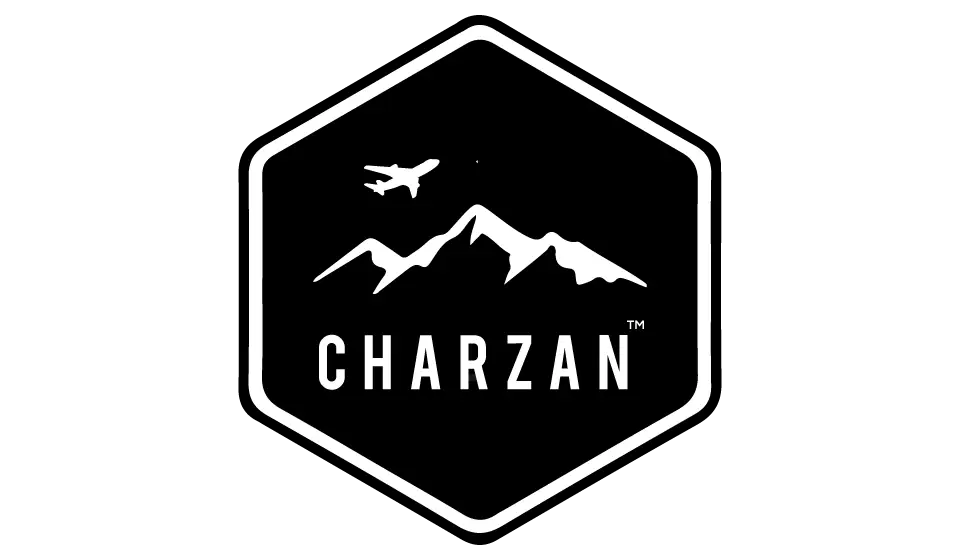

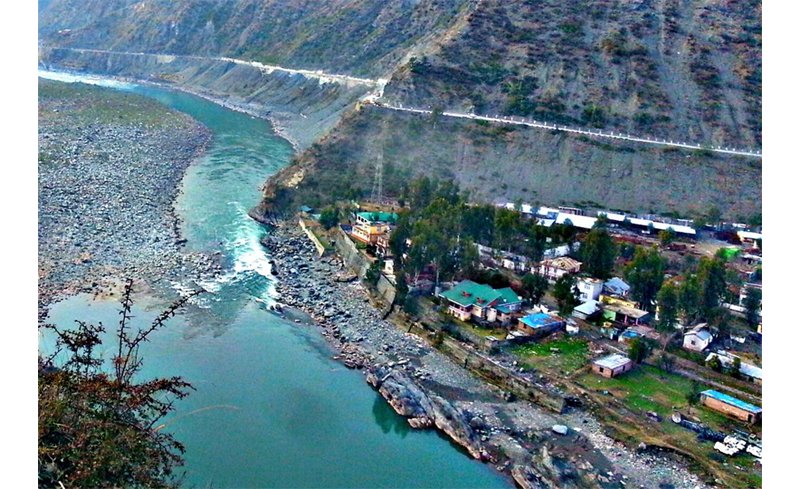
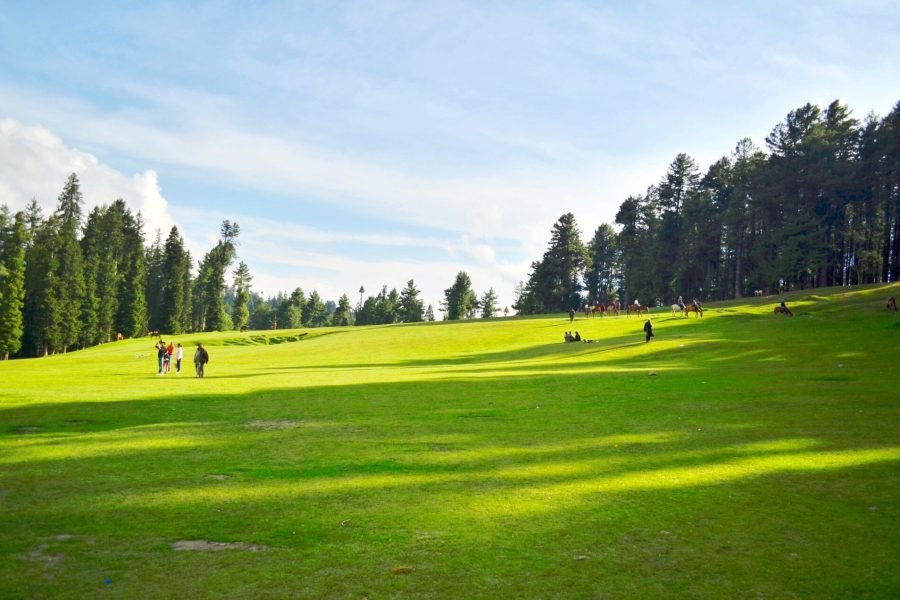
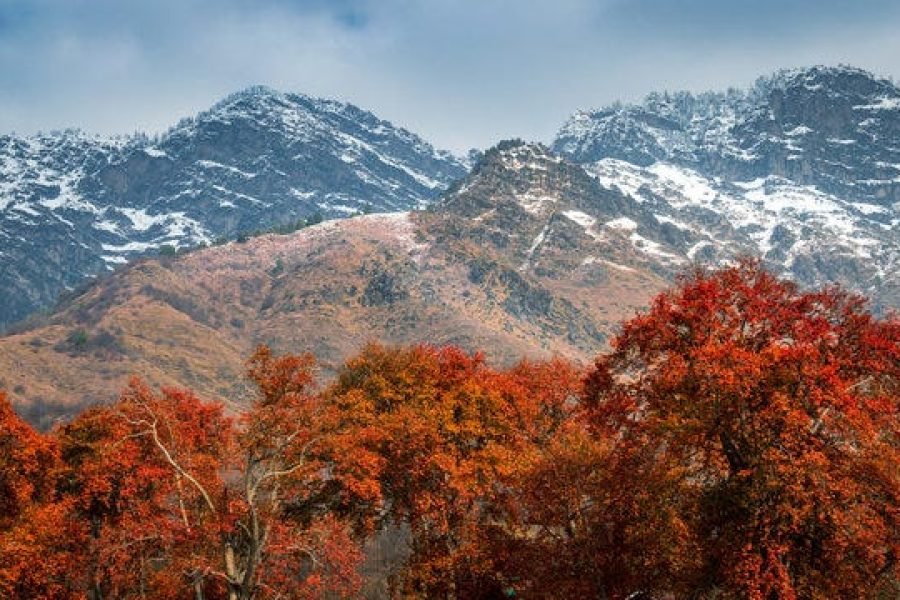
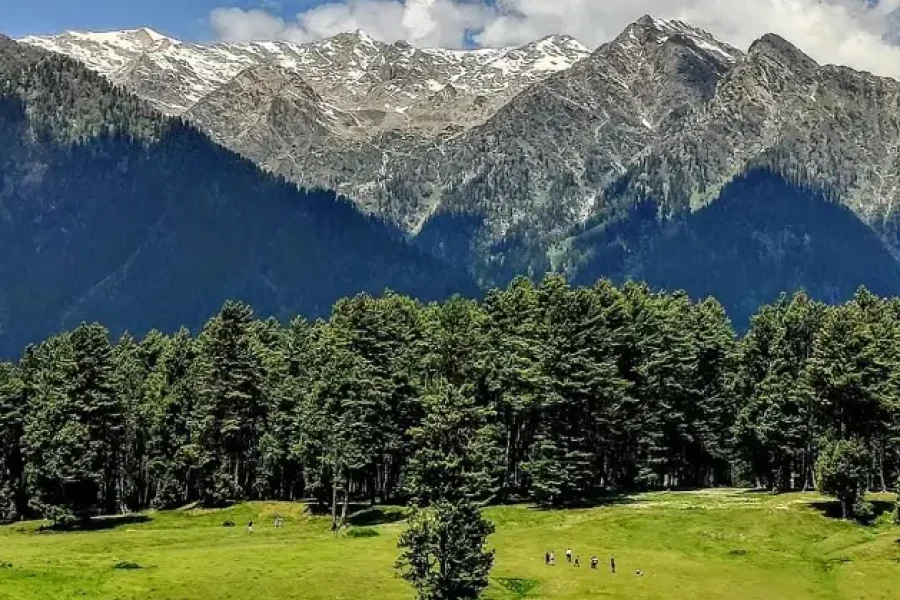
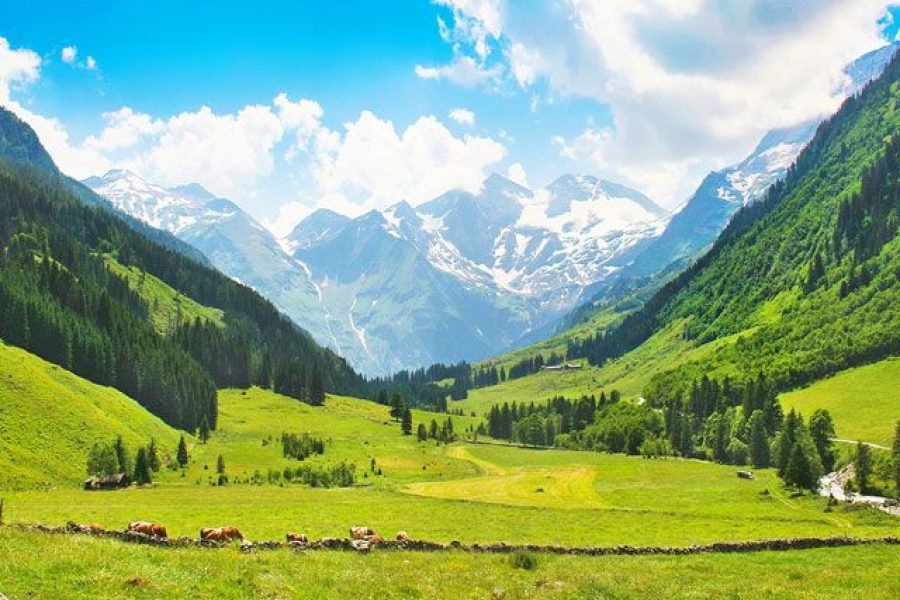
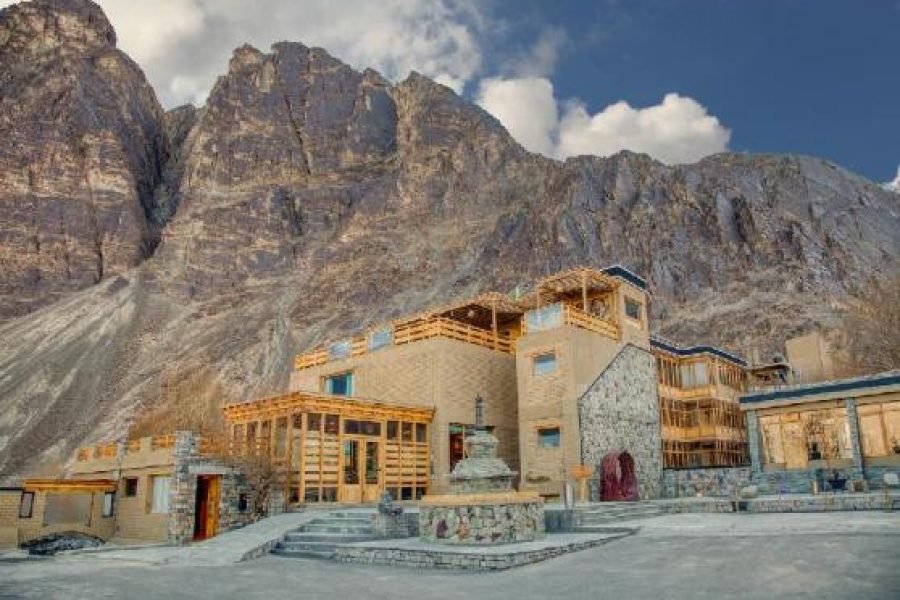
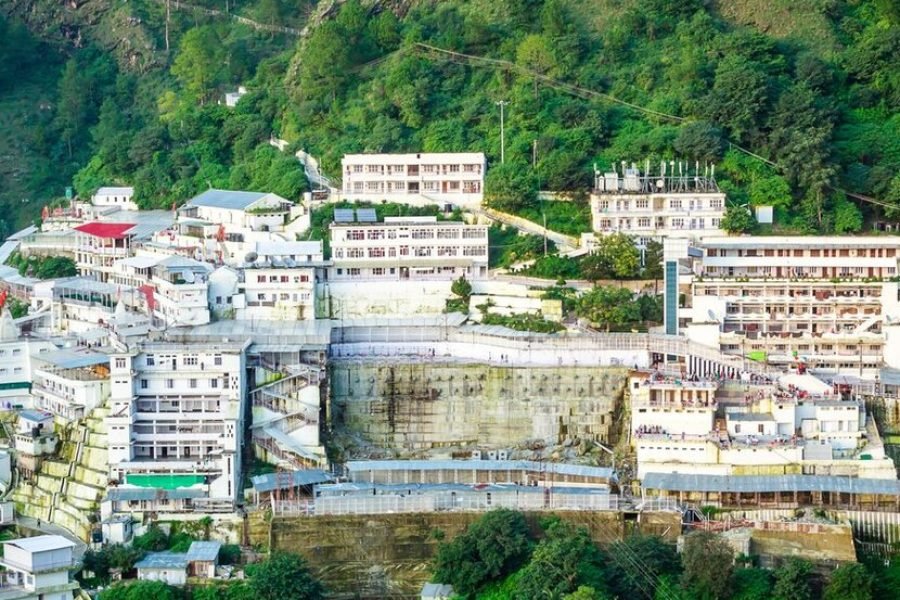
0 Comment